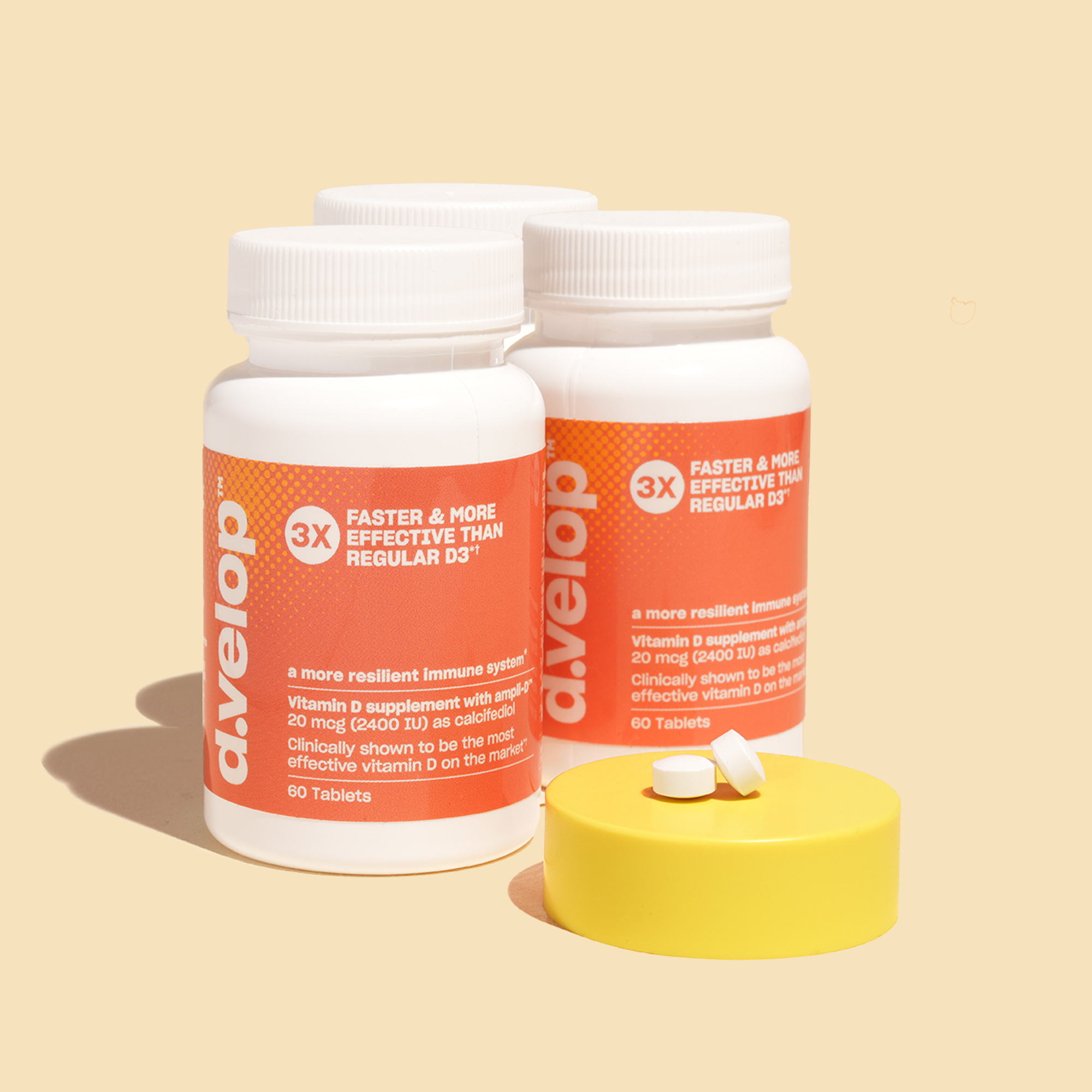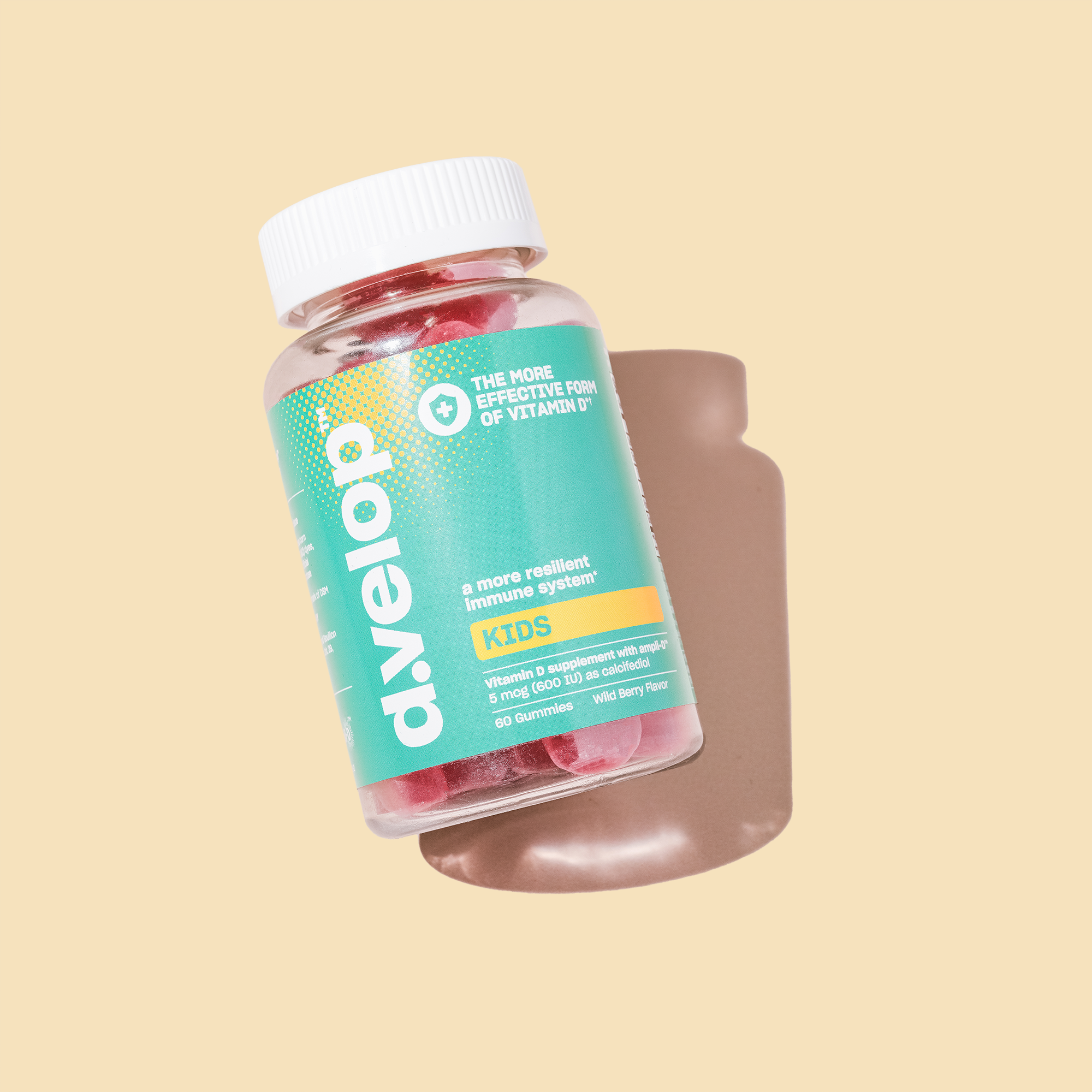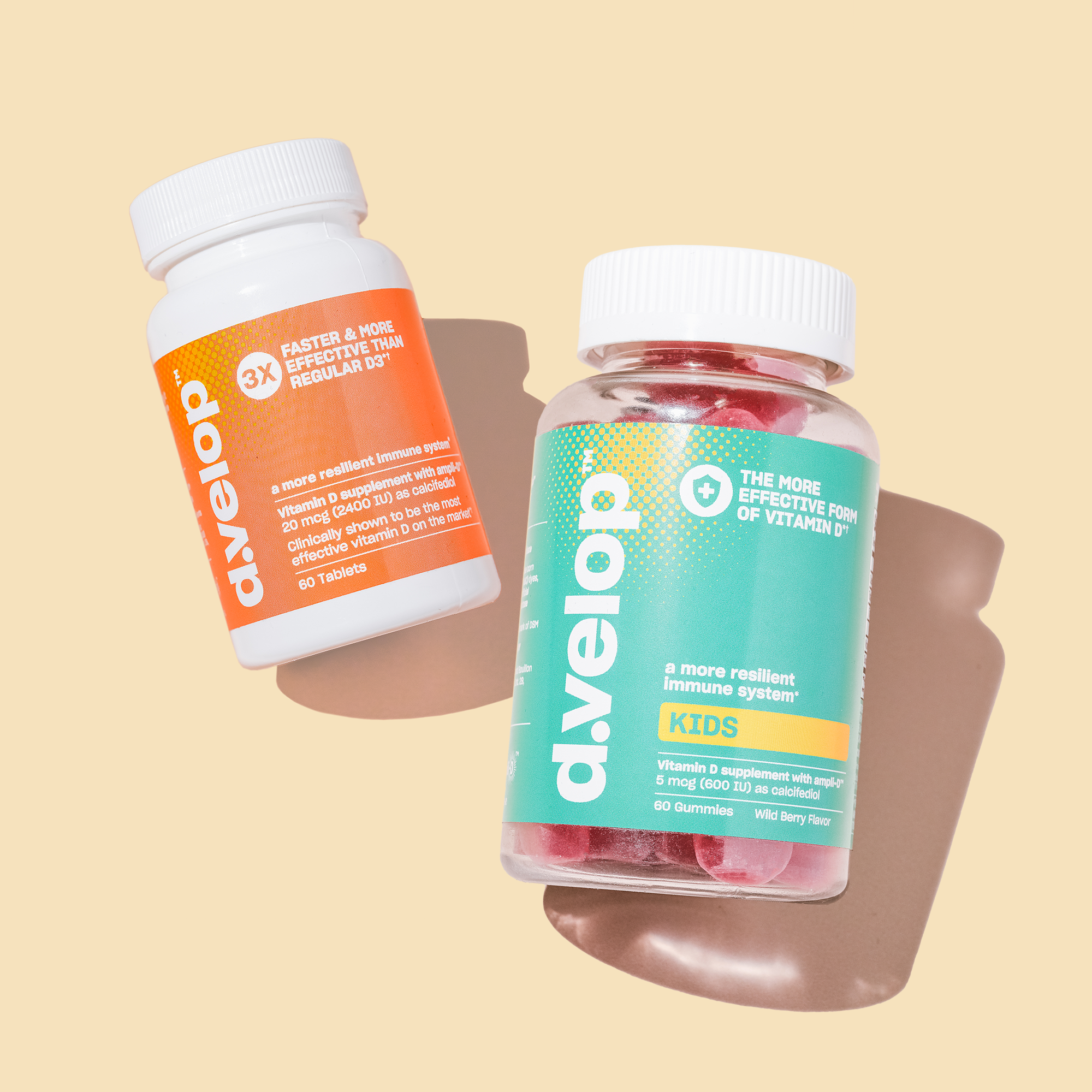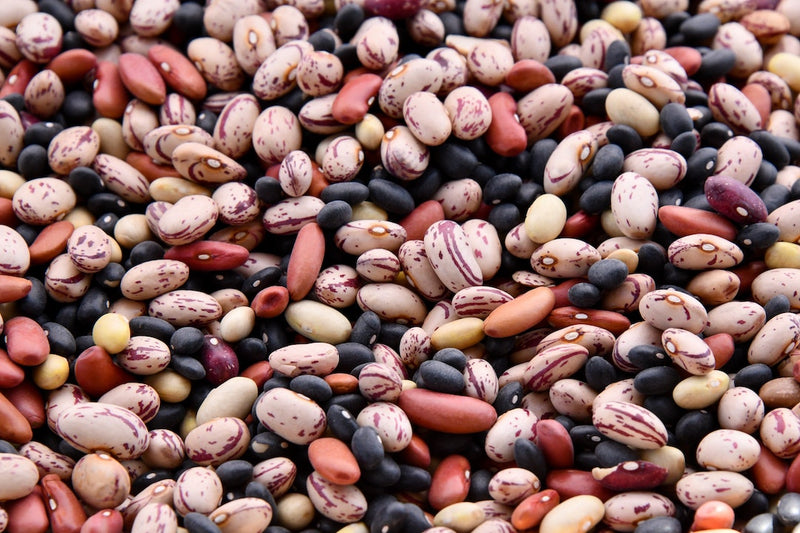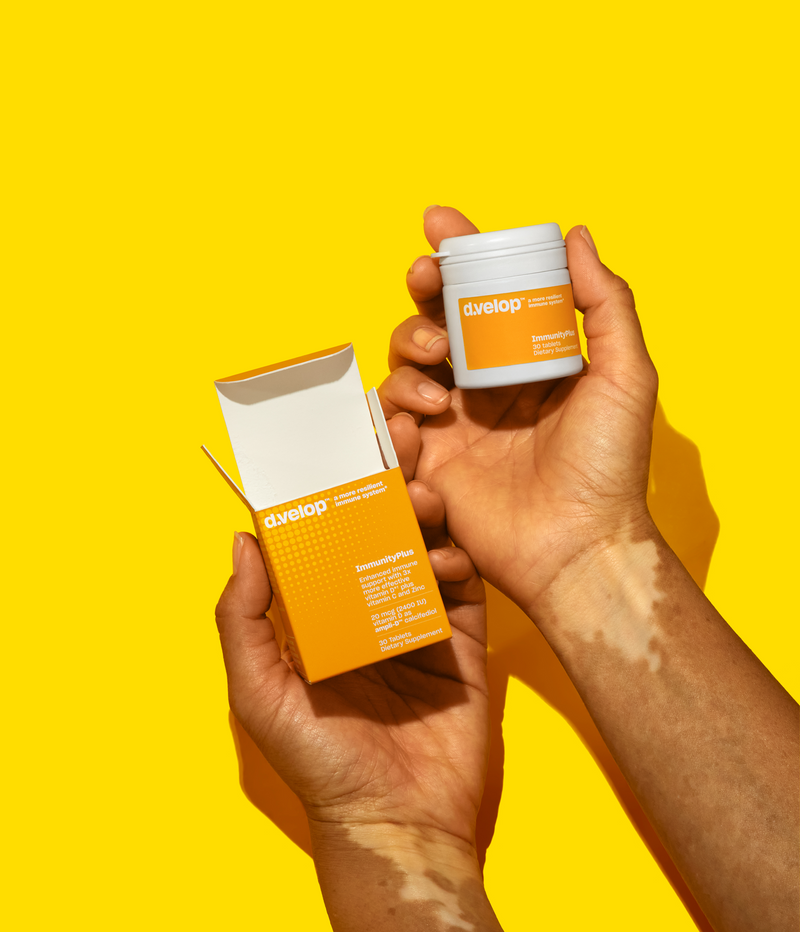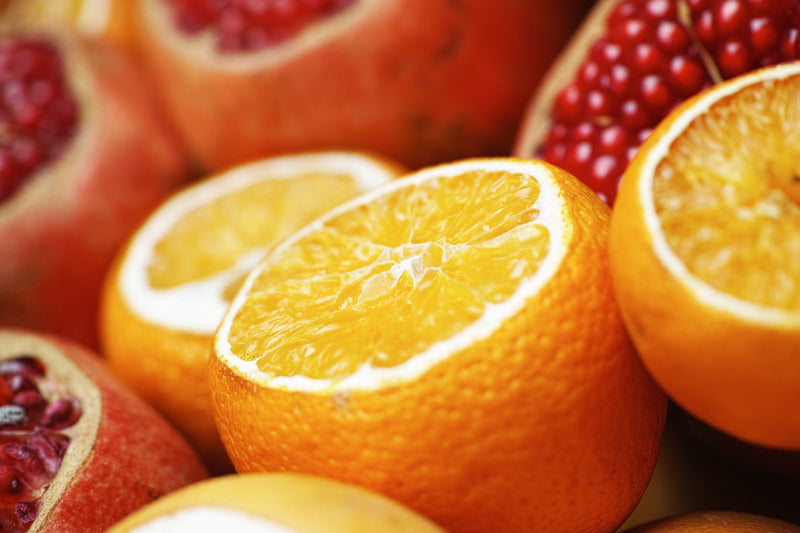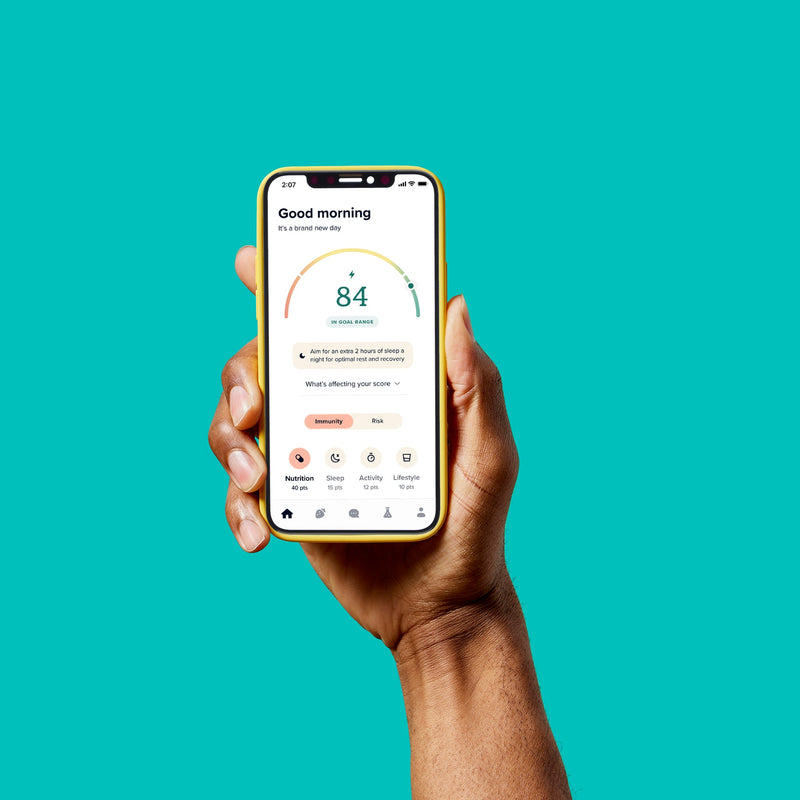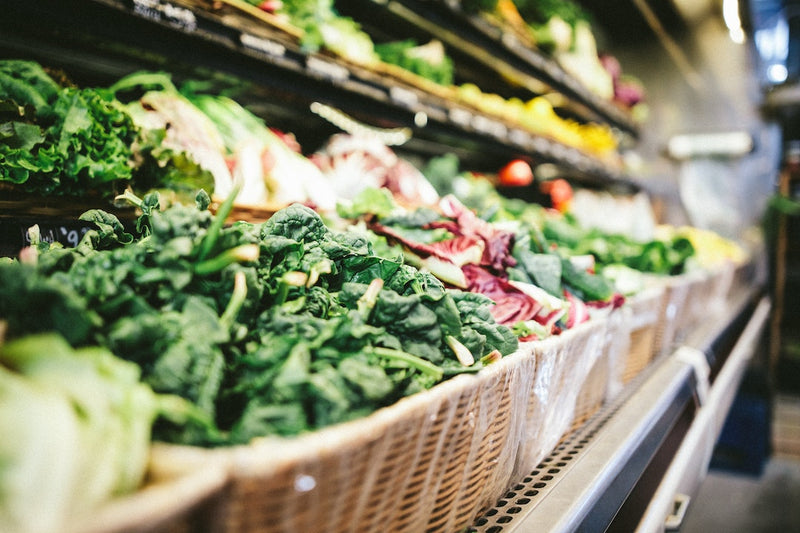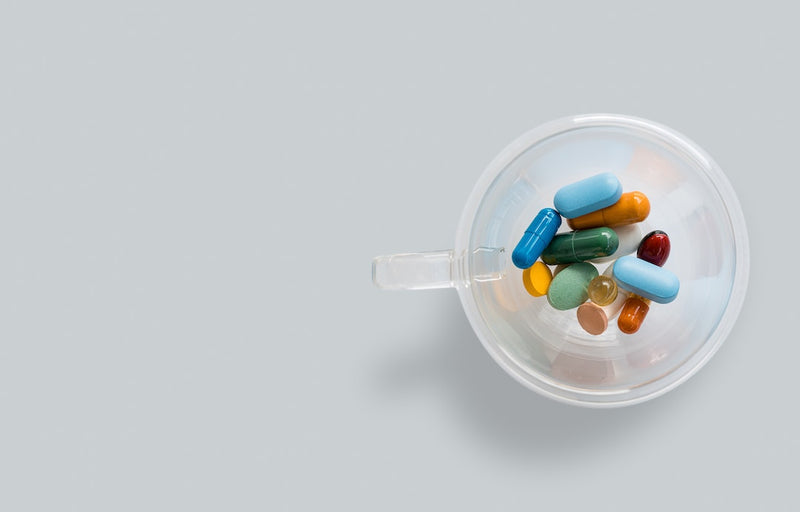Fruits and vegetables pack a powerful immune support punch but getting kids to eat a variety of fruits and vegetables can be challenging! One way to encourage kids to eat more fruits and vegetables is to make it fun – focusing on visual attractiveness of foods can certainly help.
Talk to your kiddos about “eating the rainbow” and let them choose a fruit/vegetable from each color group below. This is a great way to teach colors and encourage kids to step out of their eating comfort zone!
Check out this list of fruits and vegetables from each color group that are loaded with immune supporting nutrients such as vitamin C and zinc.
Red Foods
- Red Bell Peppers
- Tomatoes
- Strawberries
- Raspberries
- Watermelon
- Red Cabbage
- Radishes
- Beets
- Apples
Citrus fruits always get all the attention when it comes to being rich in vitamin C, but red peppers actually contain three times as much vitamin C as oranges. Tomatoes and watermelon contain lycopene which is a pigment found in red/pink fruits and is a potent antioxidant that can play a role in cancer prevention and heart health (Story et al, 2010).
Orange & Yellow
- Citrus (oranges, grapefruits, clementine, tangerines)
- Papaya
- Yellow & Orange Bell Peppers
- Carrots
- Pumpkin
- Mangoes
- Peaches
- Corn
Orange vegetables get their color from something called beta carotene which converts to vitamin A when the food is digested. Another unique one is papain, a digestive enzyme in papaya fruit that has anti-inflammatory benefits and can also improve wound healing (Leite et al, 2011).
Green
- Broccoli
- Spinach
- Kiwi
- Green Bell Peppers
- Brussels Sprouts
- Green Beans
- Cucumbers
- Zucchini
- Peas
- Asparagus
Did you know that Vitamin C is sensitive to heat? This means when foods are cooked the amount of vitamin C is reduced. Fruits are easy and delicious to eat raw in order to get optimal vitamin C but vegetables are trickier – especially with kiddos! If eating vegetables raw isn’t an option, try steaming. This is the best cooking method for retaining nutrients (Zeng, 2013).
Blue & Purple
- Blueberries
- Blackberries
- Eggplant
- Purple Sweet Potatoes, Carrots, Cauliflower
- Acai berries
- Purple cabbage
- Plums
What makes foods blue, purple or red? Anthocyanin (say that three times fast) - a polyphenol compound that is also a potent antioxidant which may help prevent disease (Khoo, et al, 2017).
Author:
Laura Dority, MS, RDN, LDN
Resources:
- Story EN, Kopec RE, Schwartz SJ, Harris GK. An update on the health effects of tomato lycopene. Annual Review of Food Science and Technology. 2010;1(1):189-210.
- Leite AP, Oliveira BG, Futuro DO, Castilho SR. Effectiveness of using the gel of papain in the wound healing: Clinical trial. Online Brazilian Journal of Nursing. 2011;10(2).
- Zeng C. Effects of different cooking methods on the vitamin c content of selected vegetables. Nutrition & Food Science. 2013;43(5):438-443.
- Khoo HE, Azlan A, Tang ST, Lim SM. Anthocyanidins and ANTHOCYANINS: Colored pigments as FOOD, pharmaceutical ingredients, and the potential health benefits. Food & Nutrition Research. 2017;61(1):1361779
